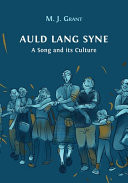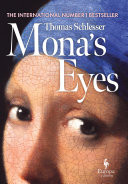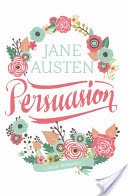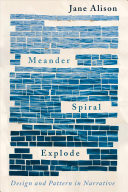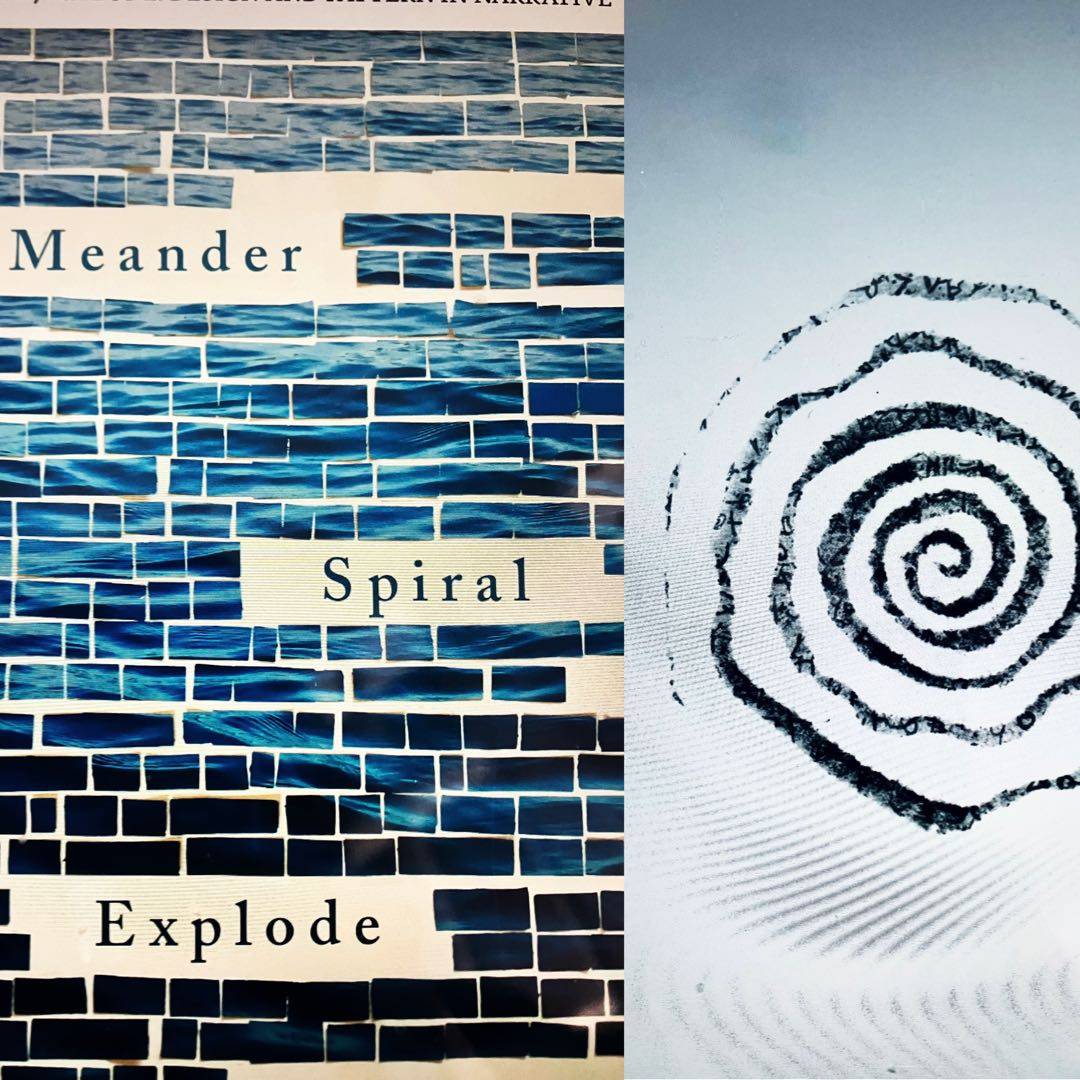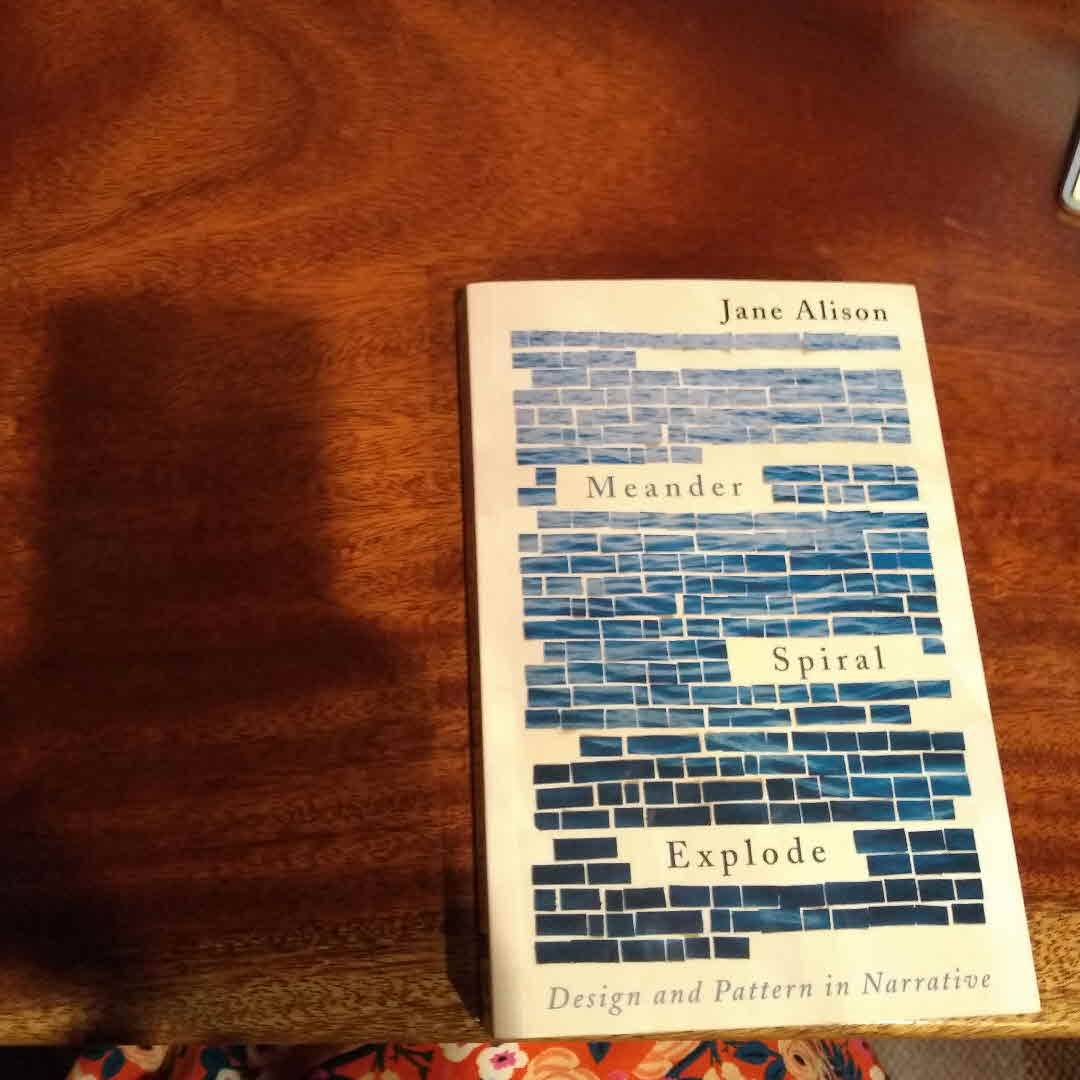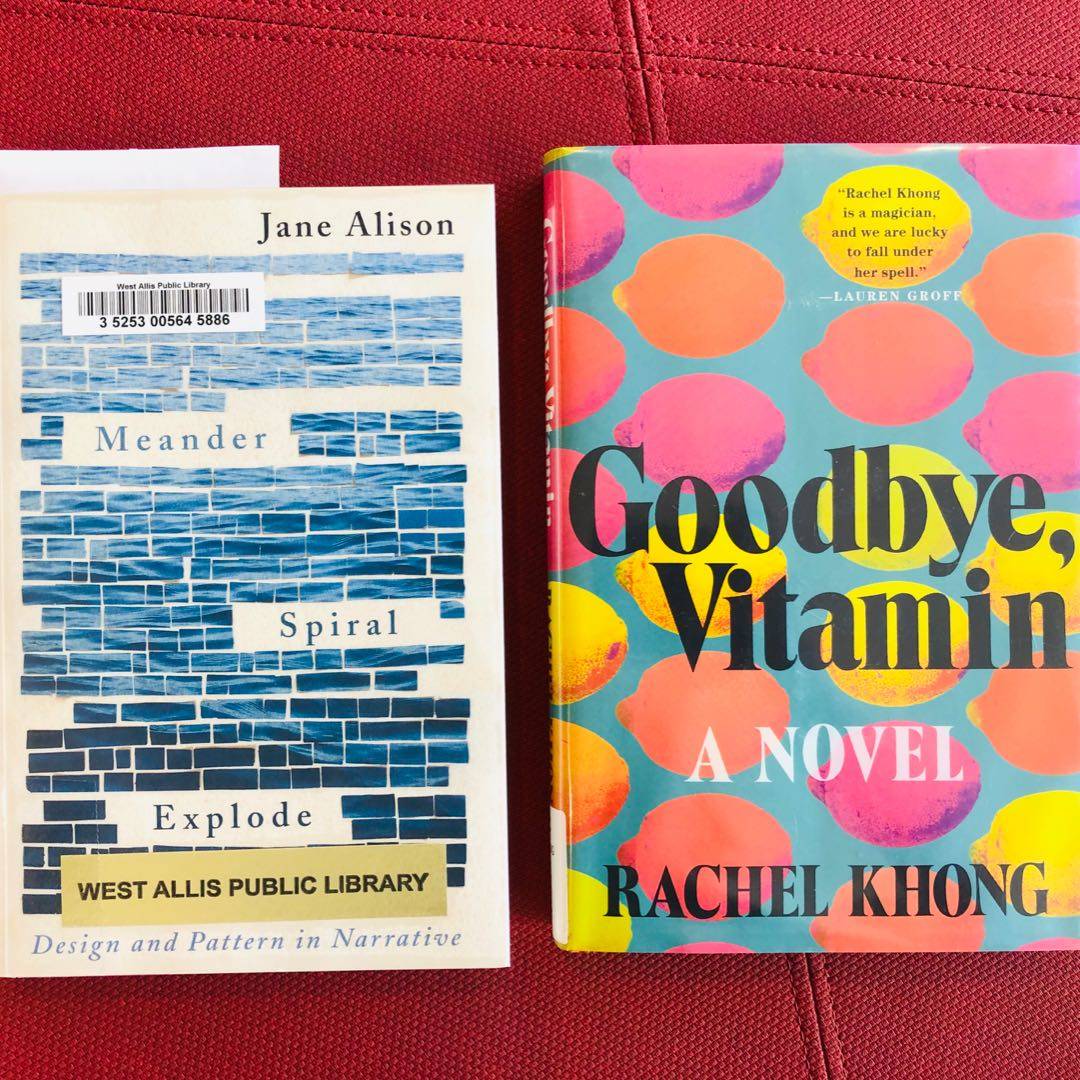
I was 100% on board for this book about alternative dramatic structures to the Aristotelian arc, and was along for the ride for the first half. I still agree with the premise that other structures are possible & can be successful, particularly for narratives outside the context of Western heteronormative patriarchy. She lost me after spirals though & the remainder felt like a dogged attempt generate a long enough manuscript for a full length book.







